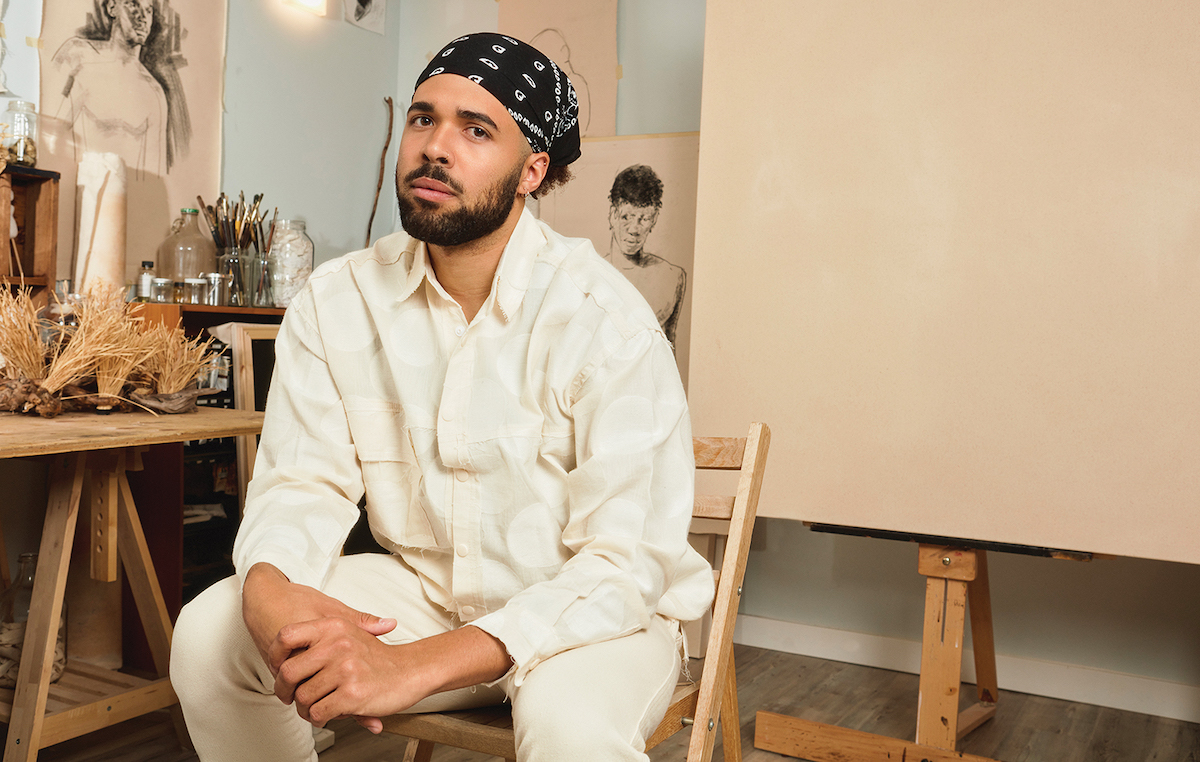Braxton Garneau didn’t grow up poor, but he spent much of his childhood playing in dirt.
“I wasn’t a big video game kid,” he says. “My family does a lot of business on farmland, so my dad would take me out in the summers, and while he’d be working, I would keep myself occupied in the field, playing on haystacks and screwing around on things I shouldn’t have. I could have died during so many summers,” he laughs.
Before he was an artist, Garneau was a collector of natural things. On family vacations he would stack rocks and build things out of sticks, and catch frogs and other creatures to bring back home. But artistically, he kept his hands clean, focusing on illustration — until university.
That’s where he was introduced to installation art, and people like land artist Robert Smithson, who spiralled over 6,000 tonnes of black basalt rocks and earth into a counter clockwise coil off the northeastern shore of Utah’s Great Salt Lake. “I was like, this is beautiful. It combined my two favourite things, art and nature, into one seamless thing. It opened a mental door for me.”
Garneau then walked through that door, with bags of dirt in hand. “I would fill rooms with soil — it was like my M.O., finding the best type of soil, the best mixture of soil that was easy to transport.” He graduated from the University of Alberta at the beginning of COVID, and, the very next day, when the world first shut down, he started painting portraits in his home studio, because “what else was I gonna do, dump soil in my house?”
The dirt remained bagged, but he started creating “little pocket environments,” small vignettes based off classical portraiture and landscape art that used sticks and stones and scratched his Earth-based itch. “Then I realized my practice is all of these things. I was painting in the morning, sculpting in the evening, and then a mix of both all through the night.”
The pocket environments were step one. Step two involved building four-by-eight-foot cubbies, which he scaled up even bigger to fit soil, natural objects and even his brother and friends (temporarily, for photo purposes). This eventually led to his 2021 installation, Cannes Brûlèes, which featured a straw-stuffed doll, painted with asphalt and secured with jute twine, sitting among cast sugar cane stalks on a layer of soil.
